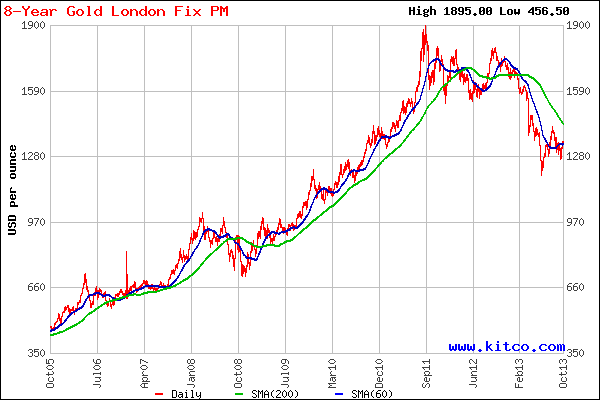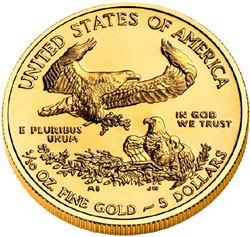 November was a miserable month for gold investors as prices dropped by 5.5% for the Worst November in 35 Years. Adding to the misery, gold is almost certain to have its first yearly decline after rising 12 years in a row.
November was a miserable month for gold investors as prices dropped by 5.5% for the Worst November in 35 Years. Adding to the misery, gold is almost certain to have its first yearly decline after rising 12 years in a row.
NEW YORK—Gold prices logged their worst November since 1978 as a brighter economic landscape fanned fears of reduced stimulus efforts by the Federal Reserve.
Gold prices dropped 5.5% in November. The declines help put gold on track to end 2013 in negative territory, disrupting a 12-year winning streak that saw the precious metal set price records.
“Nothing goes up forever,” said Frank McGhee, a senior precious-metals dealer with Integrated Brokerage Services LLC. in Chicago.
“You’ve got the beginning of an economic pickup without any inflationary signs…[and] you have the specter of the end of easy money, and that’s bearish for gold,” Mr. McGhee said.
A record-breaking rally in U.S. equities also lured many traders away from the precious-metals market. On Friday, the S&P 500 touched a record high of 1813.
Gold’s losses haven’t been limited to the futures market, analysts at Barclays PLC said. Exchange-traded funds backed by physical gold, which take the hassle out of purchasing and storing physical gold for individual investors, have seen their holdings drop 38.4 metric tons through Nov. 26 as sales picked up from the prior month.
Still, November is far from the worst month for the precious metal—gold prices fell 12% this June and nearly 18% in October 2008.
Investors in both gold and silver are looking at losses as precious metal prices decline despite record demand for physical gold and silver.

Exactly who is causing the price of gold to drop by indiscriminately dumping gold remains an intriguing mystery that the major news organizations have essentially ignored. Zero Hedge recently questioned why a rational seller would dump large amounts of gold at odd hours into illiquid markets unless they were deliberately trying to drive the price of gold down.
Shortly after 1amET this morning, someone with no apparent fiduciary duty to their client’s for best execution or any apparent trade allocation expertise decided it was time to dump 1500 contracts into an entirely illiquid gold futures market. The 150,000 ounce notional sell order ($184.5 million), captured graphically by Nanex, sent the price down $10 instaneously, tripped the exchange’s circuit breakers and halted the market’s trading for 20 seconds (once again). This is now the 4th market halt in the past 3 months (and this time on no news whatsoever), as the manipulative monkey-hammerings from who knows whom (BIS?) is becoming increasingly obvious.
This sort of thing is happening far too often: see also the drops on April 12, 2013, September 12, 2013, October 11, 2013 and November 20, 2013 which also resulted in trading halts.
Will the mystery of who hates gold ever be solved?
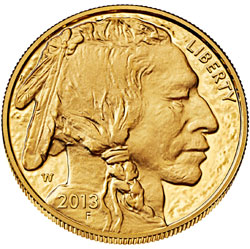
As documented many times by the Gold Anti-Trust Action Committee (GATA), the “fat finger” on the gold manipulation button seems to have its origins at the highest levels of government and central banks; this being the case, no one should hold their breath waiting for an honest explanation of the mystery of pricing in the gold market.

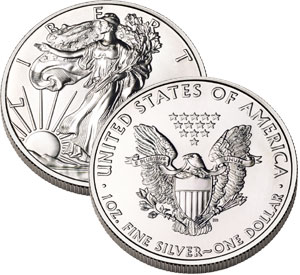
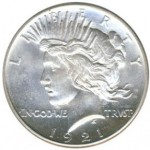


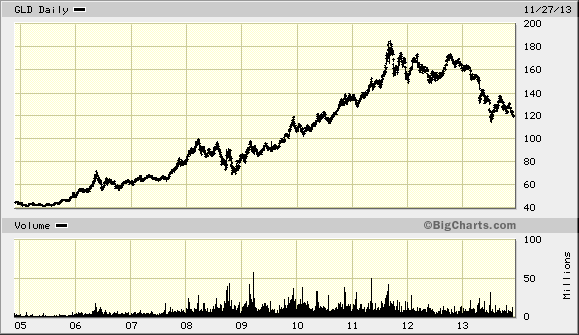
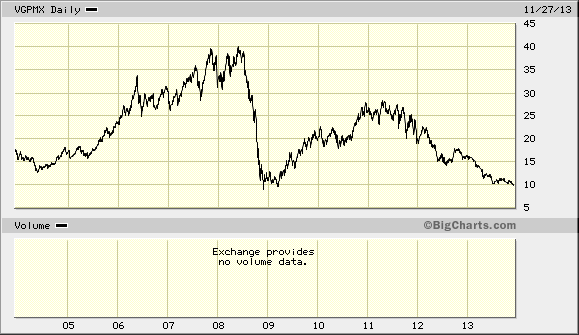
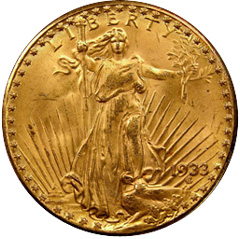
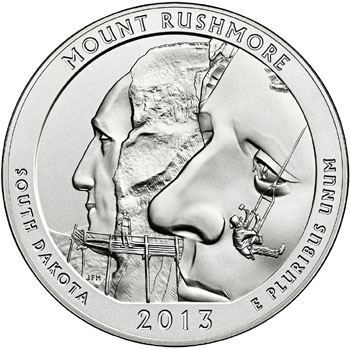 By: GE Christenson
By: GE Christenson




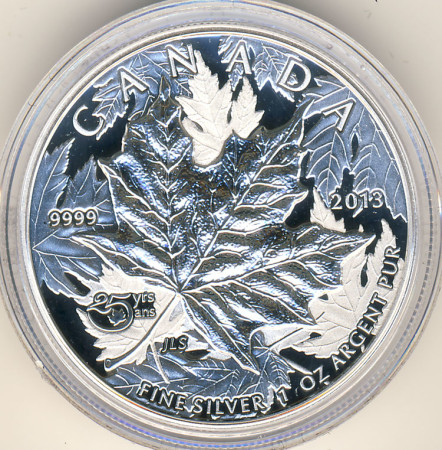
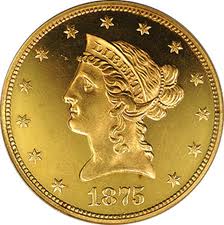
 Let’s back away from the “smaller” questions like:
Let’s back away from the “smaller” questions like: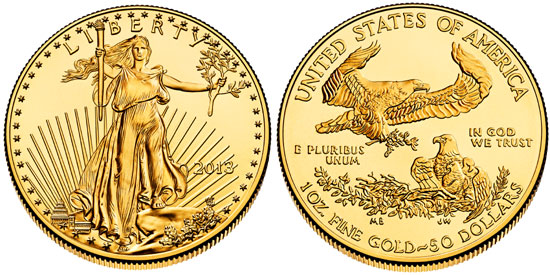



 Although sales totals vary from month to month, annual sales of the U.S. Mint American Eagle gold bullion coins are running at triple the levels prior to 2008 when the wheels came off the world financial system and central banks began an orgy of money printing.
Although sales totals vary from month to month, annual sales of the U.S. Mint American Eagle gold bullion coins are running at triple the levels prior to 2008 when the wheels came off the world financial system and central banks began an orgy of money printing.
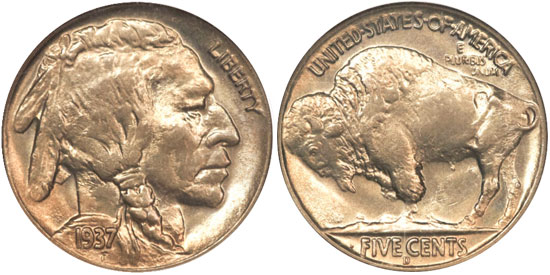
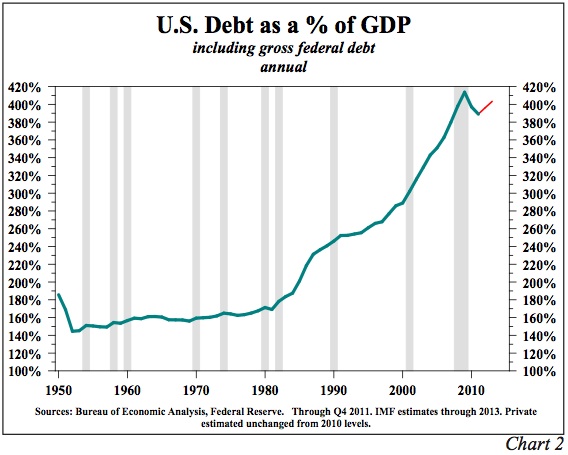
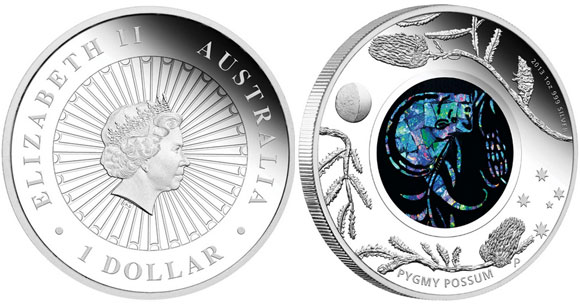 The
The  Gold has been on a rampage since the early 2000’s with yearly gains for 12 years in a row. Nothing lasts forever and the number 13 is starting to look very unlucky for gold. Barring a major upset in the world financial system, it looks increasing likely that gold will decline in the 13th year of its long rally in the year 2013.
Gold has been on a rampage since the early 2000’s with yearly gains for 12 years in a row. Nothing lasts forever and the number 13 is starting to look very unlucky for gold. Barring a major upset in the world financial system, it looks increasing likely that gold will decline in the 13th year of its long rally in the year 2013.